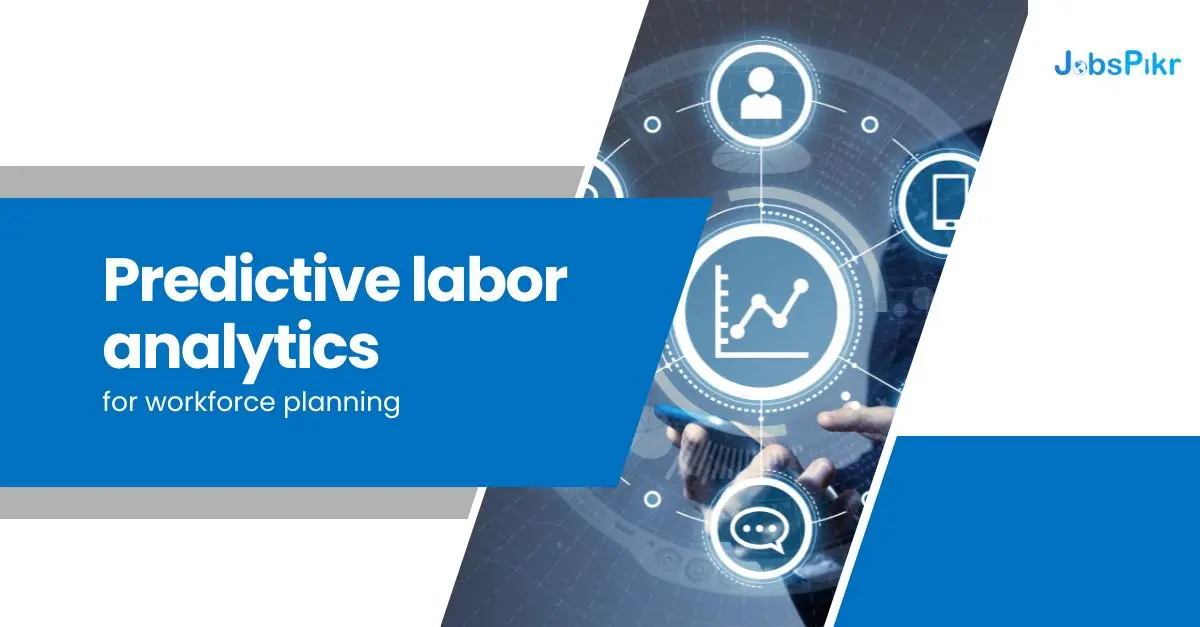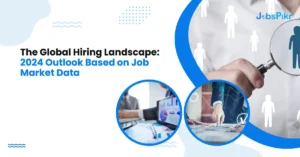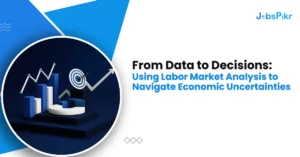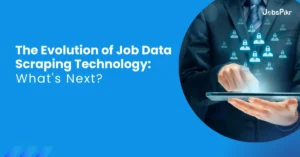Predictive Labor Analytics stands as a data-powered method for reshaping workforce planning. Through historical data and advanced statistical algorithms, it accurately foresees future labor demands, aiding in hiring forecasts, staff adjustments, and talent management. By analyzing turnover, performance, and productivity, it uncovers vital trends for strategic workforce planning. Ultimately, it enables companies to optimize their human capital, ensuring competitiveness and alignment with business goals.
Image Source: visier.com
Workforce Planning: The Importance of Modern Organizations
In today’s rapidly evolving and fiercely competitive market landscape, effective workforce planning holds heightened significance for modern organizations. This strategic endeavor involves several key components:
- Aligning staffing needs with overarching organizational objectives.
- Proactively pinpointing skill deficiencies and implementing tailored training initiatives.
- Establishing a talent pipeline to meet future organizational demands.
- Anticipating labor requirements to manage costs efficiently.
- Cultivating organizational agility to swiftly adapt to market shifts.
By embracing a predictive approach to labor analytics, organizations equip themselves with the tools to make well-informed decisions, fortifying their resilience against the dynamic economic terrain.
Data-Driven Strategies: Integrating Predictive Analytics into HR
In modern HR management, predictive analytics serve as a strategic compass. To integrate them effectively:
- Understand Core Metrics: HR should identify key performance indicators related to workforce dynamics, including turnover rates and employee engagement levels.
- Deploy Right Tools: Invest in analytics platforms capable of processing historical data and forecasting trends.
- Cross-functional collaboration: Foster data sharing between departments to enrich predictive models with diverse inputs.
- Skills Development: Ensure HR personnel possess analytical skills for informed decision-making.
- Continuous Improvement: Regularly assess and refine the predictive models as more data becomes available, keeping strategies agile and relevant.
Ultimately, predictive analytics optimize HR functions, from recruitment to retention.
Predictive Models and Algorithms: How They Forecast Labor Trends
Predictive models and algorithms utilize historical data to project future labor needs. These models consider numerous factors, including economic cycles, demographic changes, and industry trends, to anticipate labor demand. Advanced machine learning algorithms can identify patterns beyond human perception. Through the analysis of present and past data, they anticipate workforce requirements, potential skill shortages, and emerging job roles. Employers who utilize these insights gain a competitive edge by adaptively aligning their workforce strategies with predictive forecasts.
Insights to enhance recruitment and retention
Predictive labor analytics empower organizations to elevate their recruitment and retention strategies. With data-driven predictions, HR leaders can:
- Identify which candidate qualities correlate with long-term success.
- Proactively address workforce gaps by predicting turnover trends.
- Develop tailored retention programs by understanding what drives employee satisfaction.
These insights enable more strategic hiring and targeted initiatives to foster employee loyalty, ultimately strengthening the organization’s workforce stability.
Predictive Labor Analytics: Challenges and Limitations
- Data Quality and Availability: The effectiveness of predictive labor analytics relies heavily on the quality and availability of data. Insufficient or inaccurate data can lead to flawed insights and subpar decision-making.
- Regulatory Agility: Shifting workforce regulations requires prompt updates to maintain analytics relevance and compliance.
- Technological Barriers: Smaller businesses may need more infrastructure for advanced analytics, hindering their adoption and utility.
- Behavioral Complexity: Predictive models struggle to capture the nuances of human behavior accurately, impacting their reliability.
- Privacy Concerns: Employee data usage raises privacy issues, potentially leading to resistance and legal complications.
- Cost Challenges: Developing and maintaining analytics systems can be costly, requiring careful cost-benefit analysis.
Each challenge imposes a need for careful consideration and adaptation, ensuring that predictive labor analytics serves as a robust tool for strategic workforce planning.
Ethics and Predictive Workforce Analytics
When implementing predictive workforce analytics, organizations must navigate ethical issues diligently:
- Privacy: Safeguarding employee data against unauthorized access is paramount. Consent for data use and transparency regarding how it’s analyzed are essential.
- Bias and Equity Concerns: Algorithms could unintentionally perpetuate biases. It’s essential to implement measures that prevent analytics from unfairly disadvantaging any particular group.
- Transparency and Oversight: There must be transparent accountability structures for decisions driven by analytics, including human oversight to prevent potential misuse.
- Regulatory Adherence: Compliance with labor laws and data protection regulations, such as GDPR, is essential to ensure ethical conduct.
- Employee Confidence: Fostering open communication with employees fosters trust in the analytics system. They must comprehend how analytics serves both their interests and those of the organization.
The future of predictive analytics in workforce planning.
Predictive analytics in workforce planning is about to undergo a revolutionary shift. Advancements in computational capabilities and refined algorithms are set to unlock deeper insights and precision in forecasting. The fusion of machine learning and artificial intelligence will streamline intricate analyses, democratizing predictive analytics for a wider spectrum of organizations. Moreover, the proliferation of big data capabilities will facilitate instantaneous adjustments to the workforce and proactive decision-making. The forthcoming era heralds a profoundly customized approach to workforce planning, wherein strategies are meticulously tailored to individual employee metrics, driving enhancements in retention, productivity, and overall business efficacy.




